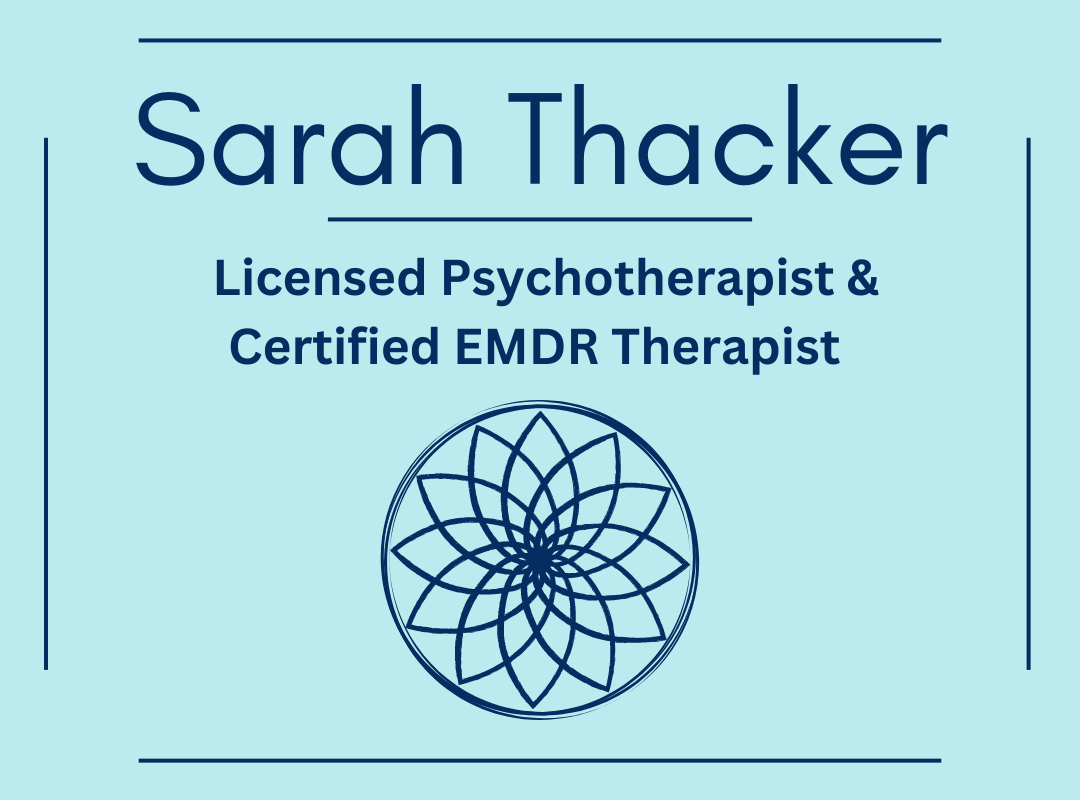Having a sense of inner vitality requires strength in both mind and body. Vitality as a personal strength requires choosing your health and wellbeing over temporary desire. When you are building and using the strength of vitality you are living in alignment with how you want to feel. Feeling vital requires opening yourself to the foundations of wellness: nutrition, movement, sleep and relaxation.
If you want to be well, feel well and live well, it is helpful to engage in a daily wellness practices. The path to wellness is individual and is best when it’s intuitive and aligns with your personal needs, schedule and natural rhythms rather than feeling like something you have to do, or something that is out of alignment with how you would choose to live. When you are truly approaching life with a sense of vitality as an inner strength, the choices do not feel like a chore, they don’t feel like a punishment, they feel natural, uplifting and ultimately enhance your life.
When you apply the inner strength of vitality to living in alignment with a mindful approach to making peace with food, mindfulness is at the core. When you are making mindful choices about how to treat yourself, your own inner wisdom and intuition is your most effective and useful guide. When you are making forced choices, you are giving away your power (like to a fad diet or exercise regimen) and it is unlikely that you will maintain those choices.
Emotional eating zaps our vitality because it is the stuffing, avoiding and denying ourselves from feeling our feelings. Emotional eating does not leave much space for vitality and creates a drain on energy and emotional and physical wellbeing. When you approach managing your emotional world with vitality and a sense that emotions are neither good nor bad rather that they are valuable information about our inner world, you will build vitality through emotional awareness. When you are emotionally aware and no longer avoid or attempt to stuff your feelings with food, you naturally open up to honing the inner strength of vitality.
Begin with a simple and doable daily practice that will allow you to get in touch with your emotions. This could be journaling and/or a meditation practice. If you feel very out of touch with your emotions it can be beneficial to receive additional support such as therapy or a support group to help create a deeper awareness and acceptance of your emotions. When you approach the process of emotional awareness with vitality, it will create alignment with feeling empowered and healthy on a deeper level than simply attempting to eat well and exercise to control or maintain a particular physique. When you address the underlying emotions you will make choices based on experiencing an inner exuberance and truly living in vitality and vibrancy.
Begin today with noticing where you are making choices about your vitality that are NOT in alignment with how you want to feel. Ask yourself if you are engaging in certain wellness practices, why you have chosen these particular ones and is it for an outcome only—OR for a consistent experience of vitality?
Where are you not in alignment with how you want to feel?
Pick ONE area of wellness and begin to focus solely there. If it is nutrition, with each food choice you make throughout the day, ask yourself if it will increase your vitality. If not, it may not be the best choice as it is not in alignment with how you ultimately want to feel and the strength you are attempting to build. If the food choice WILL increase your vitality through pleasure, energy and possibly a shared positive experience, and yet you have been taught to label that particular food as a “bad” or “off-limits” food, remind yourself that vitality and nutrition are not about being perfect. In fact, restriction leads to overeating, less pleasure derived from eating and feelings of guilt and shame. If there is anything that will dampen your vitality it’s feeling guilt and shame surrounding your food choices—and you will only remain stuck in the damaging cycle of emotional eating.
This week pick ONE area of wellness (nutrition, movement, sleep or relaxation) where you’d like to increase your vitality. Start small and work to create this shift because it feels intuitively and authentically like what will improve your vitality and then allow it to continue to grow.



